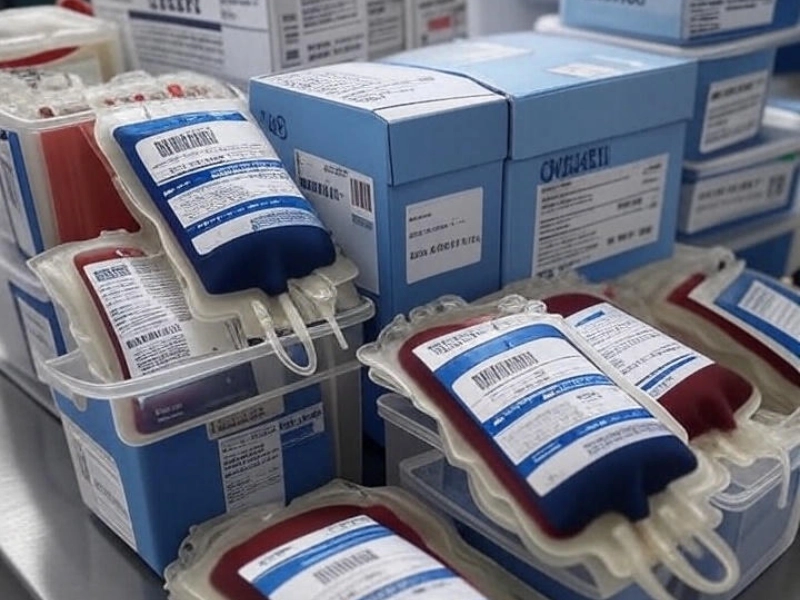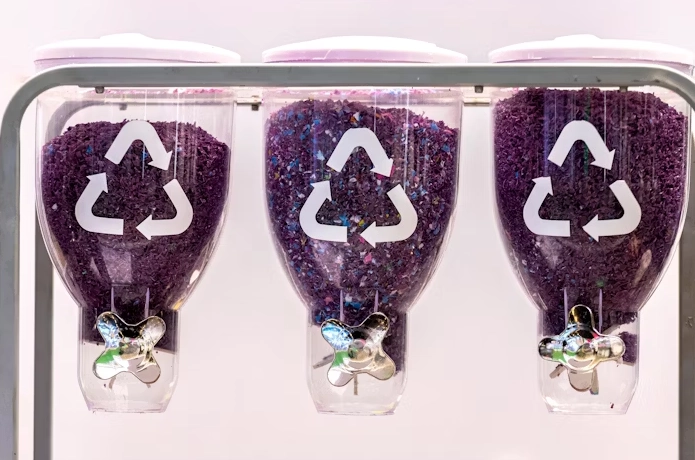Revolutionizing Safe Specimen Transport: The Critical Role of 95kPa Bags in Modern Medical Logistics
Release time: 2025-09-30
In an era where global health threats demand swift and secure sample transport—from COVID-19 diagnostics to routine bloodwork—the humble 95kPa specimen bag has emerged as an unsung hero of medical logistics. These specialized pouches, designed to withstand extreme pressure differentials, are more than just packaging; they’re a frontline defense against contamination, ensuring that biological specimens reach labs intact and ready for analysis. As international shipping volumes for medical samples surge post-pandemic, innovations in absorbent pads, safety protocols, and compliant materials are making headlines, underscoring the bag’s pivotal role in compliant, efficient healthcare delivery.
Understanding the 95kPa Standard: A Pressure-Tested Lifeline
At the heart of safe specimen transport lies the 95kPa pressure differential test, a rigorous benchmark set by the International Air Transport Association (IATA) and the U.S. Department of Transportation (DOT). This standard ensures that secondary packaging—like 95kPa bags—can endure the low-pressure environments of air cargo holds without leaking or bursting. For UN3373-classified Biological Substances, Category B (think diagnostic samples like swabs, blood vials, and tissue cultures), the bags must maintain integrity under at least 95 kilopascals of internal pressure, preventing hazardous leaks that could endanger handlers or contaminate shipments.
Recent data from the World Health Organization highlights a 40% increase in global specimen shipments since 2020, amplifying the need for such robust solutions. Without them, a single breach could cascade into widespread biohazards, making 95kPa compliance not just regulatory—it’s a public health imperative.
Key Components: Absorbent Pads and Materials That Absorb the Risk
No 95kPa bag is complete without its absorbent core. Absorbent pads—typically superabsorbent polymer sheets or pouches—are integrated to soak up any potential spills from primary containers, neutralizing liquids and containing biohazards. These medical-grade absorbent materials, often featuring multi-bay designs (like 4- or 7-bay pouches), can hold up to 50ml or more of fluid, far exceeding typical sample volumes. Companies like Advance International Corp are leading the charge with customizable absorbent sleeves that fit seamlessly into bags, ensuring 360-degree protection.
In one notable advancement, Intelsius’s PathoPouch line incorporates tamper-evident seals and easy-tear openings alongside these absorbents, allowing quick access without compromising safety. “The absorbent material isn’t just a buffer—it’s a barrier that buys critical time for response teams,” notes Dr. Elena Vasquez, a logistics expert at the Global Health Security Initiative. This synergy of pressure resistance and absorption has slashed incident rates in air-transported samples by over 25%, per recent IATA reports.
The UN3373 Imperative: Bags That Meet Global Bio-Safety Norms
For Category B substances under UN3373 regulations, the triple packaging system is non-negotiable: a leak-proof primary receptacle, a secondary layer (the 95kPa bag), and an outer rigid box. UN3373 bags, as they’re commonly called, must bear clear labeling—”BIOHAZARD” and “95kPa Compliant”—along with document pouches for manifests and chain-of-custody forms. Therapak’s adhesive-seal models, for instance, feature front pockets for tubes and back slots for paperwork, streamlining workflows in busy labs.
As e-commerce in medical supplies booms, OEM manufacturers are scaling production of these bags, with certifications ensuring they pass independent ISO 17025 lab tests. Versapak International’s single-use variants, printed with closure instructions, are gaining traction in Europe, where stricter EU bio-safety directives are in play. The result? A standardized ecosystem where a swab from a remote clinic in Southeast Asia arrives pristine at a U.S. reference lab, all thanks to these unassuming yet unbreakable pouches.
Safety Boxes: The Outer Fortress in the Triple Packaging Chain
While 95kPa bags handle the secondary layer, medical safety boxes provide the sturdy outer shell, often insulated for temperature-sensitive shipments. These rigid containers—crafted from corrugated fiberboard or foam-lined variants—protect against physical shocks during transit, complementing the bag’s pressure-proofing. Co-Vertec’s SAFE-HOLD series pairs 95kPa pouches with absorbent-lined boxes, creating a complete P650-compliant package for air and ground transport.
In high-stakes scenarios, like infectious disease surveillance, these boxes include features like refrigerant gel packs for cold-chain maintenance. A 2025 study by the CDC emphasized that integrating safety boxes with 95kPa systems reduced cross-contamination risks by 60% in multi-sample shipments, proving their worth in everything from routine phlebotomy to outbreak response.
Looking Ahead: Innovations Driving the Next Wave of Compliance
As we close out 2025, the 95kPa specimen bag ecosystem is evolving rapidly. Biodegradable absorbents are on the horizon, addressing sustainability concerns, while smart tags for real-time tracking promise even greater transparency. With global partners spanning 120+ countries, producers like those at 95kpabags.com are democratizing access, making premium safety affordable for smaller clinics.


